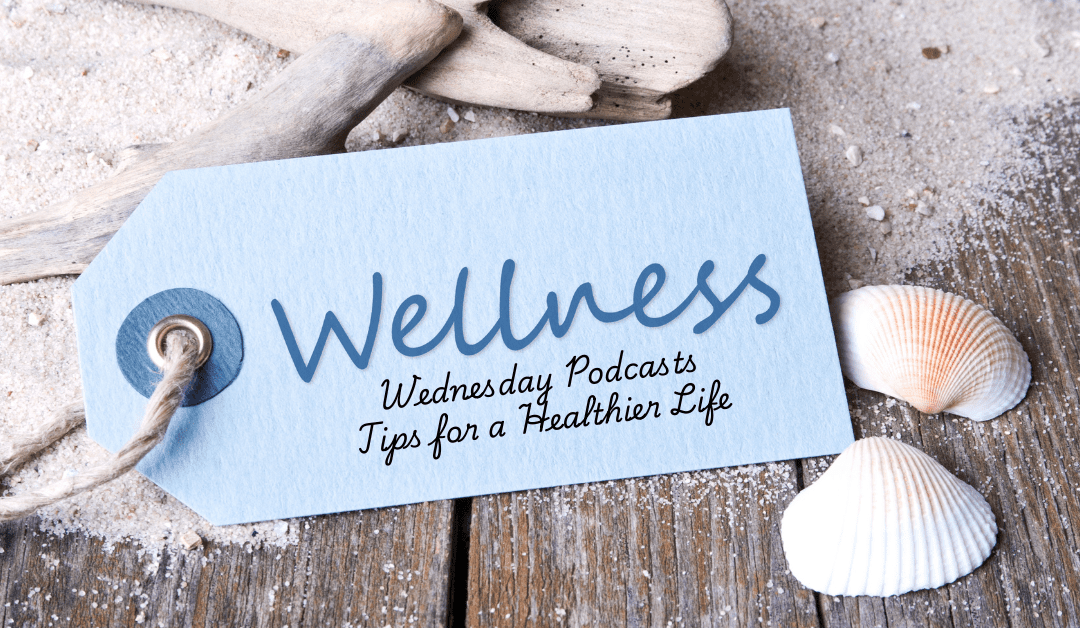
Wellness Wednesdays Podcast Recordings
 Looking for tips on healthy living and overall wellness?
Looking for tips on healthy living and overall wellness?
Watch Bag It Cancer’s recordings of our Wellness Wednesdays Podcasts on You Tube On Demand.

 Looking for tips on healthy living and overall wellness?
Looking for tips on healthy living and overall wellness?
Watch Bag It Cancer’s recordings of our Wellness Wednesdays Podcasts on You Tube On Demand.
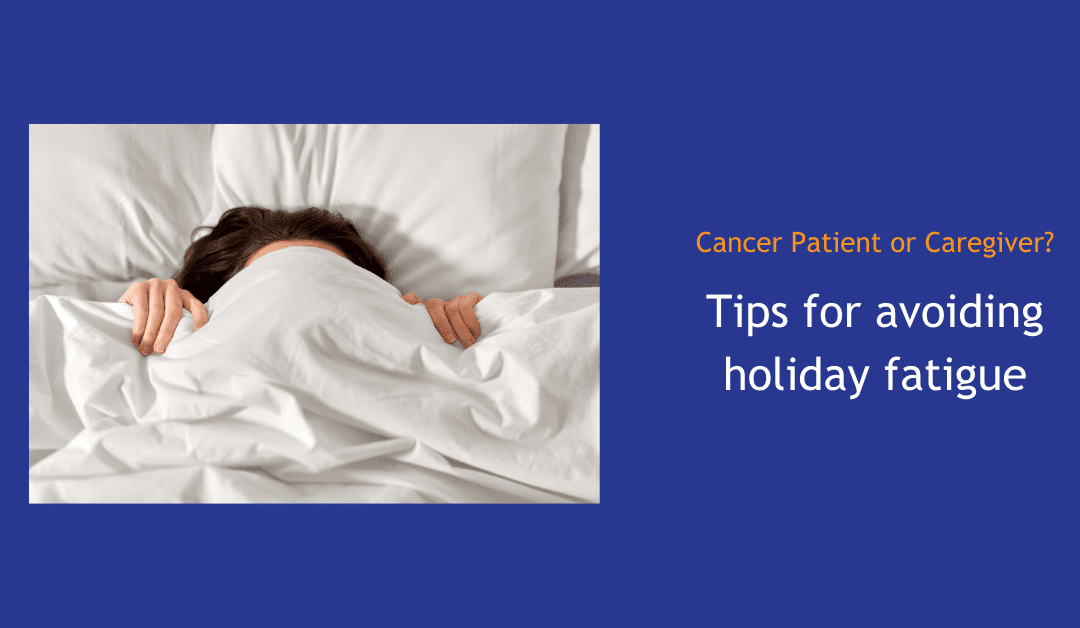
The holiday season can be exhausting for anyone, but cancer-related fatigue is a unique challenge. This type of fatigue goes beyond ordinary tiredness. It’s a deep, persistent fatigue or exhaustion that doesn’t improve with rest or sleep, often leaving you feeling unable to carry out your usual activities.
Cancer-related fatigue is a very common issue and can result from several factors, including:
Share your symptoms with your healthcare team so they can identify possible causes and suggest medical and non-medical treatments to help you.
Let loved ones know how you’re feeling—they often want to help but may not know how. Work together to adjust holiday traditions—whether it’s scaling back on celebrations, delegating or sharing tasks like decorating or cooking, or simplifying shopping. Focus on the activities that matter most to you and bring joy.
And yes, naps are absolutely allowed!
These tips can help manage fatigue during the holidays and beyond:
With thoughtful planning and support, it’s possible to navigate the holidays in a way that prioritizes your well-being and still allows you to enjoy what’s meaningful.
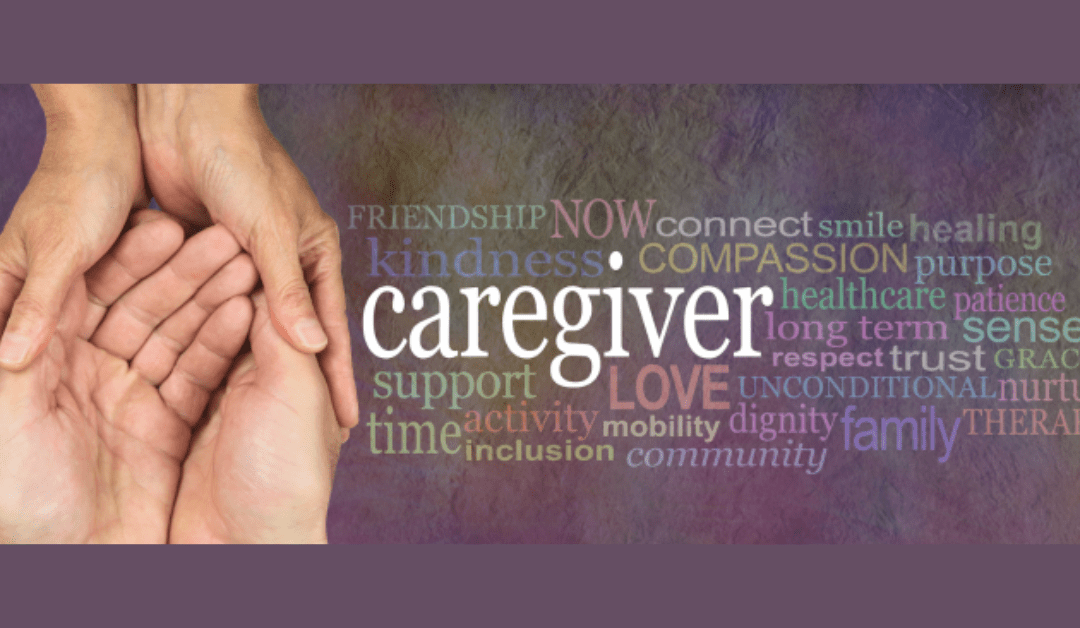
Caregiving can take a serious toll on physical and mental health. Having a backup caregiver in place is important not only in case something unexpected prevents you from caregiving, but also for times when you may need to step away for a special event, work commitment, or simply a break to recharge. Here’s a guide to setting up a caregiver backup plan.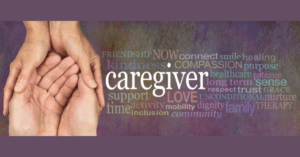
1. Identify the Key Responsibilities to be Covered. List the specific tasks or routines someone would need to take over to help you assess who could potentially fill the role and what skills they would need.
2. Determine Who Could Step In. Think about people in your network—family, friends, or neighbors—who might be a good fit. Professional caregiving services are another option; research a few providers to see which could best meet your needs.
3. Start Conversations Early. Don’t wait until you’re overwhelmed or in an emergency. Doing this now gives everyone involved time to get comfortable with the idea and address any questions or concerns without the pressure of immediate need.
4. Arrange Training and Trial Runs, Once you have someone lined up, organize training and trial runs right away. This helps your backup caregiver prepare, while also allowing your loved one to adjust to a new face in their routine.
5. Share Essential Care Details. Compile a guide for the backup caregiver covering your loved one’s health needs, emergency contacts, daily routines, and personal preferences, etc. The forms in My Companion Guidebook in your Bag It Bag can come in handy for this purpose. Update this information regularly.
Introducing a backup caregiver isn’t just helpful for you—it can also benefit your loved one by offering new social interactions, adding variety to their routine, and reducing reliance on a single caregiver, all while giving you peace of mind when you are away.
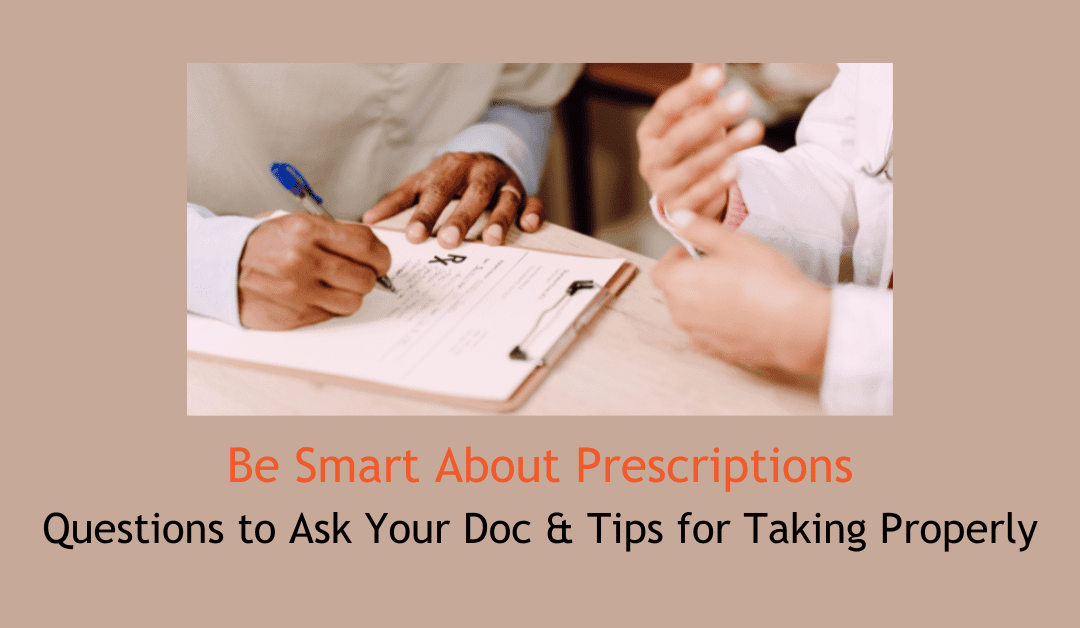
Taking prescriptions as directed is crucial to getting the most benefit from your medication while keeping yourself safe. To help your healthcare providers prescribe the right medications, it’s important to share a full list of everything you’re taking, including prescription drugs, over-the-counter medications, vitamins, minerals, supplements and herbs. Many supplements and over the counter medicines can interact with prescription drugs, so being forthcoming with this information is key. Also, make sure to mention any allergies.
The first step in properly using your prescriptions is understanding them. When your healthcare provider prescribes a medication, here are some essential questions to ask if the information isn’t immediately shared:
Tips to Help You Remember to Take Your Medications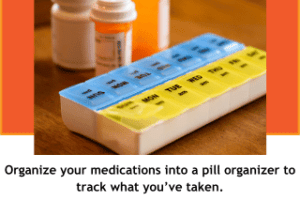
Tips for Taking Medication
To see all of the helpful forms in the Bag It Bags, visit our Patient Page. You will also see a link to the forms in Spanish just under the Patients Forms heading.

 Recently the Cancer Care Center at the University of Arizona put the spotlight on Bag It Cancer Bags and talked to Executive Director, Mindy Griffith.
Recently the Cancer Care Center at the University of Arizona put the spotlight on Bag It Cancer Bags and talked to Executive Director, Mindy Griffith.
Recent Comments